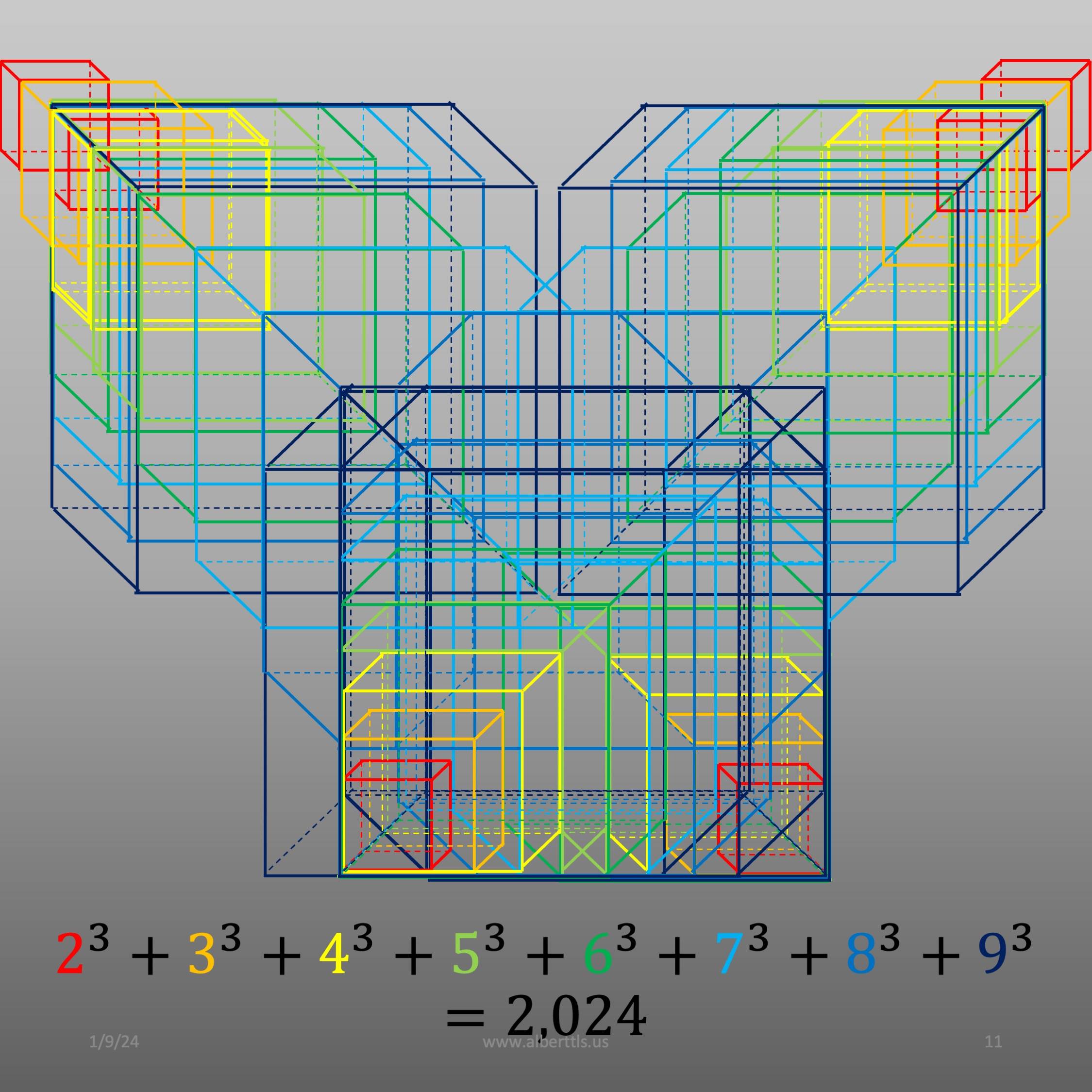
The Gemini constellation is one of the 88 modern constellations recognized by the International Astronomical Union (IAU).
It is located in the northern sky and is visible from most parts of the world. Also, it is one of the zodiac constellations, which is located along the ecliptic plane where the Sun, Moon, and planets appear to travel across the sky.
The constellation is named after the twin brothers Castor and Pollux from Greek mythology, known as the Dioscuri. According to legend, they were the sons of Zeus and Leda. They were known for their bravery and skill as warriors. The twins are often depicted holding spears and riding on horseback in artwork and literature.
The Gemini constellation contains many stars, ranging in brightness and size. The two brightest stars in the constellation, Castor and Pollux, are giant stars easily visible from Earth. Castor is a multiple-star system consisting of three pairs of stars that orbit each other. Pollux, on the other hand, is a solitary giant star that is about 33 light-years away from Earth.
In addition to its stars, the Gemini constellation also contains several interesting objects, including several star clusters, nebulae, and galaxies. For example, the Eskimo Nebula is a planetary nebula in the constellation known for its unique shape and striking appearance.
The Gemini constellation is also home to several notable exoplanets, including the first directly imaged exoplanet, HR 8799 b. This planet, which orbits a young star in the constellation, was discovered in 2008 and studied extensively by astronomers and stargazers.
Finally, the Gemini constellation is a fascinating and essential area of study for astronomers, providing valuable insights into the structure and evolution of the universe.


